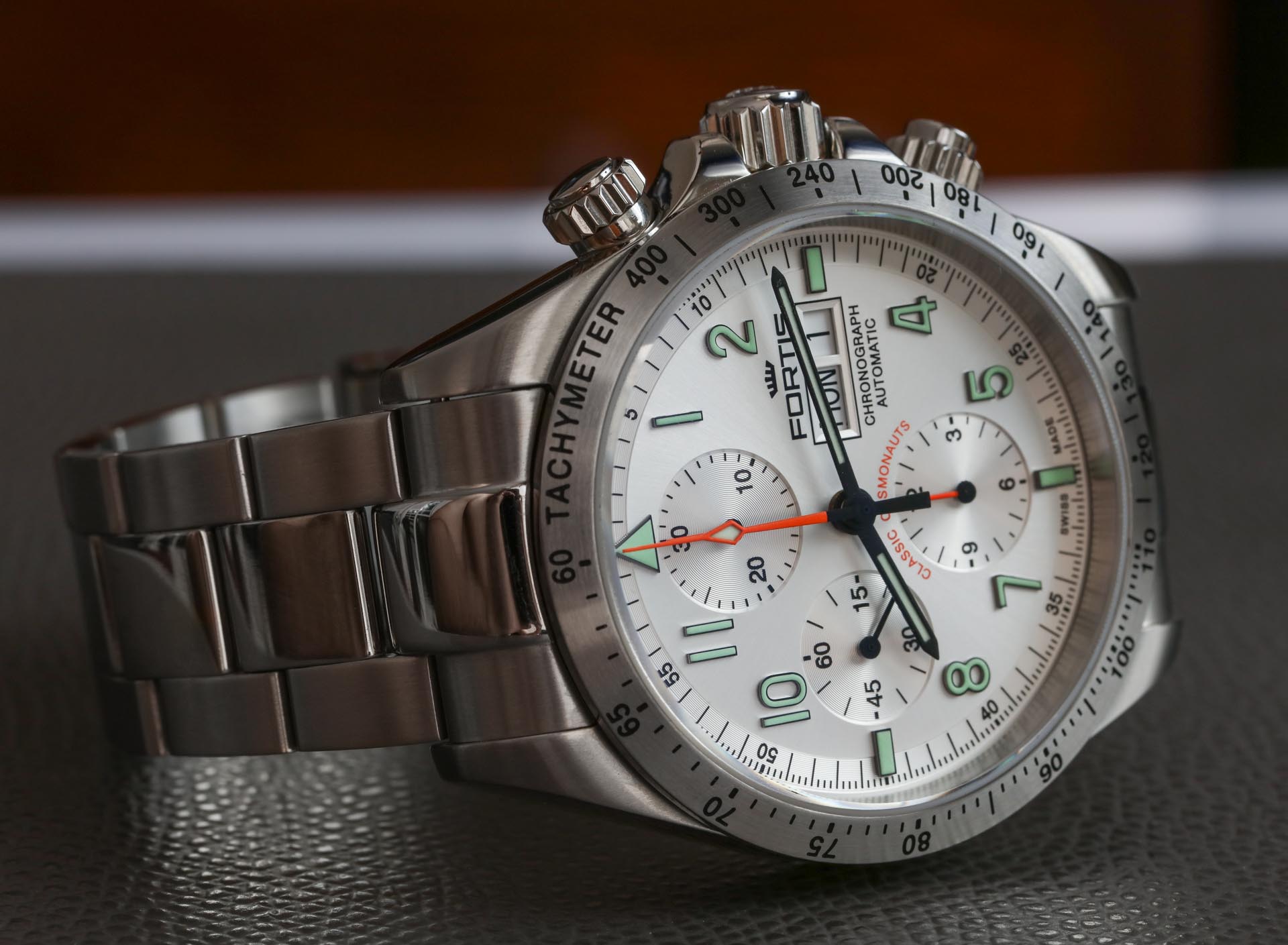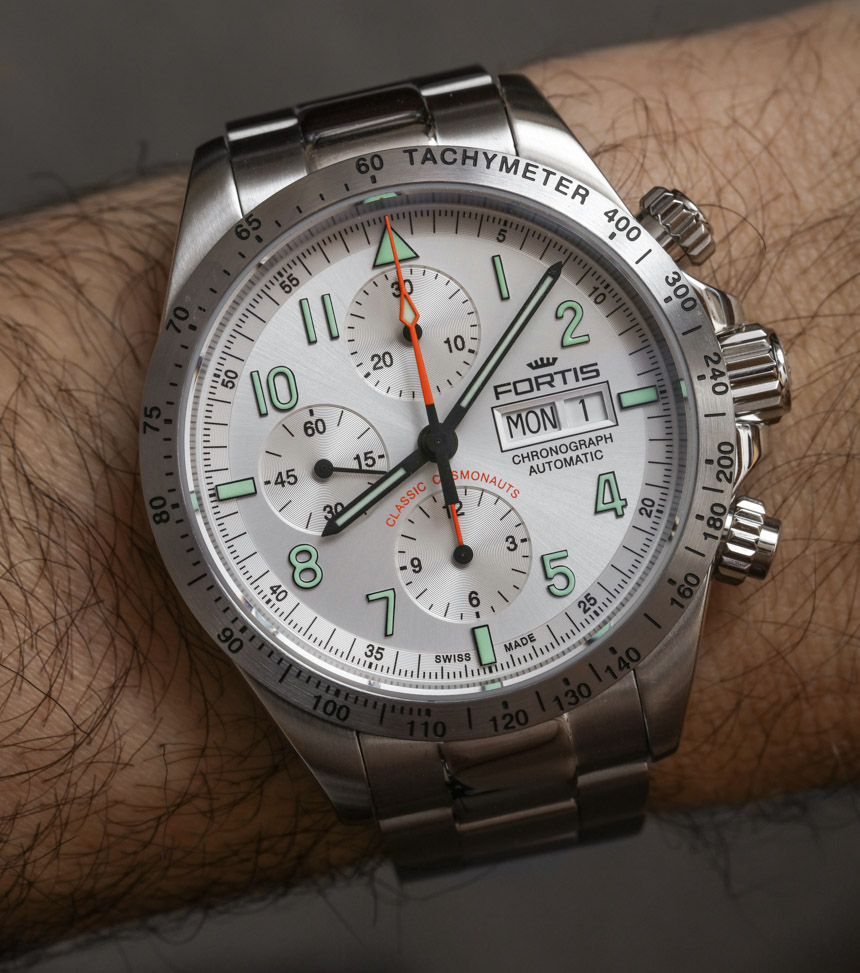
As one of the few remaining Swiss “tool watch brands” Fortis still manages to almost entirely focus on functional timepieces. Like most traditional Swiss watchmakers, Fortis heavily emphasizes its heritage in both how it talks about its watches as well as what they look like. This review is of the Fortis Classic Cosmonauts Steel a.m. watch. It comes in a few versions and it isn’t entirely unlike other watches Fortis produces – though this newer model does possess its own distinctive character.
What initially caught my eye about the Classic Cosmonauts Steel a.m was the silver-colored dial as well as the healthy conservative look and feel, which I know appeals to a lot of consumers. Depending on how you look at it, Fortis is in a sense to the historic USSR space program what Omega was to NASA. I personally know of a lot less Fortis-on-cosmonaut stories as I do Omega-on-astronaut stories, but there are some interesting ones out there.

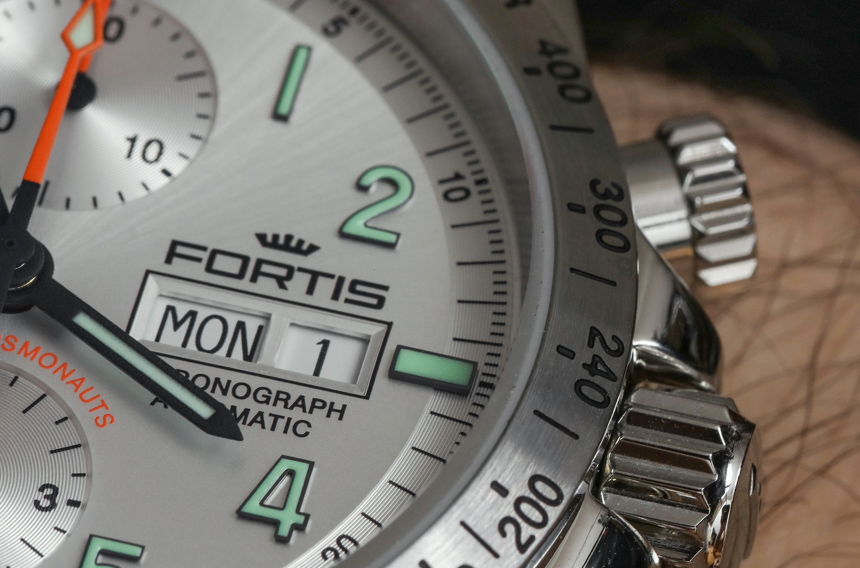
The collection I am really reviewing here is the Fortis Classic Cosmonauts. The “Steel” part of the model’s name refers to the bezel color (and material), while the “a.m.” part of the name refers to the light-toned steel dial color. Outside of the various strap options, this same watch comes with a steel or black ceramic dial (“Ceramic” versus “Steel”) and the black-dialed “p.m.” version (versus the a.m. dial). Thus, the Classic Cosmonauts with the black dial and bezel would be the Fortis Classic Cosmonauts Ceramic p.m. watch. Anyhow, let’s get back to the Steel a.m. model.


Even though I would probably argue that Fortis sells more of the black-dialed “p.m.” versions, I think the silver-dialed a.m. version is a bit more eye-catching. It is more distinctive at the least and still offers good legibility thanks to the high-contrast black hands. One issue that seasoned collectors might have with the Classic Cosmonauts is the lack of distinctive design features. While the curation of design elements on the dial and case of the Classic Cosmonauts watches is effective and handsome, in the abstract, there isn’t too much here to tell this watch apart from others.
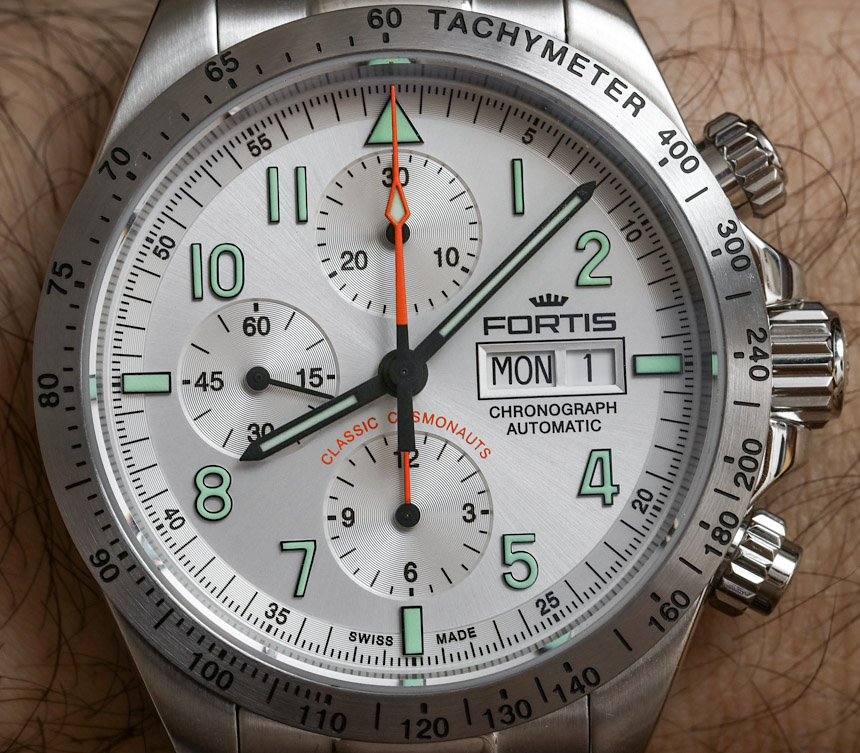
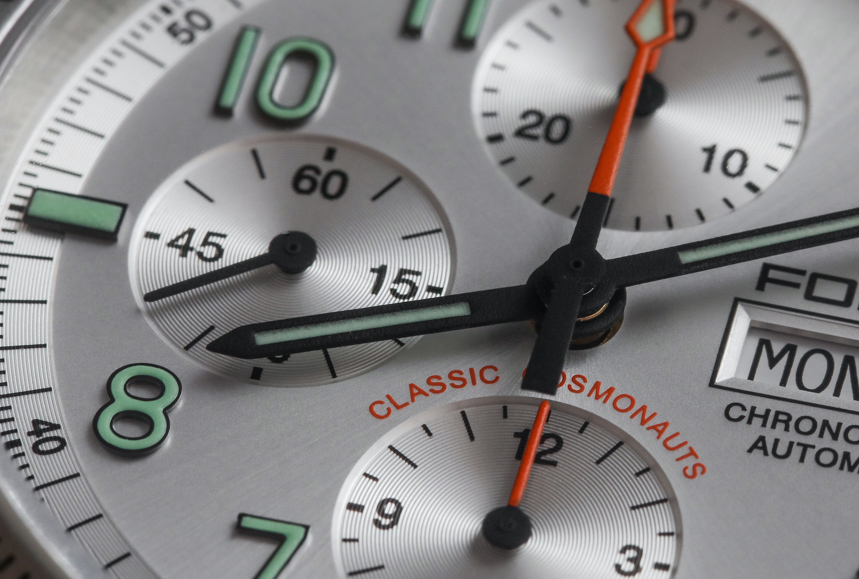
The Classic Cosmonaut’s case for example is basically what a 42mm wide Rolex Daytona case might look like. From the design of the bezel, lugs, crown guard, and pushers… this case is clearly an homage to the Daytona. The dial isn’t Rolex inspired, but it is inspired by military/pilot watches of the 1960s through the 1970s. Clean and effective, there is nothing wrong at all with Fortis’ particular expression of how to best render the information offered as part of the Swiss ETA Valjoux 7750 automatic chronograph movement. Though again, it doesn’t feel like Fortis is trying to break and new ground here.
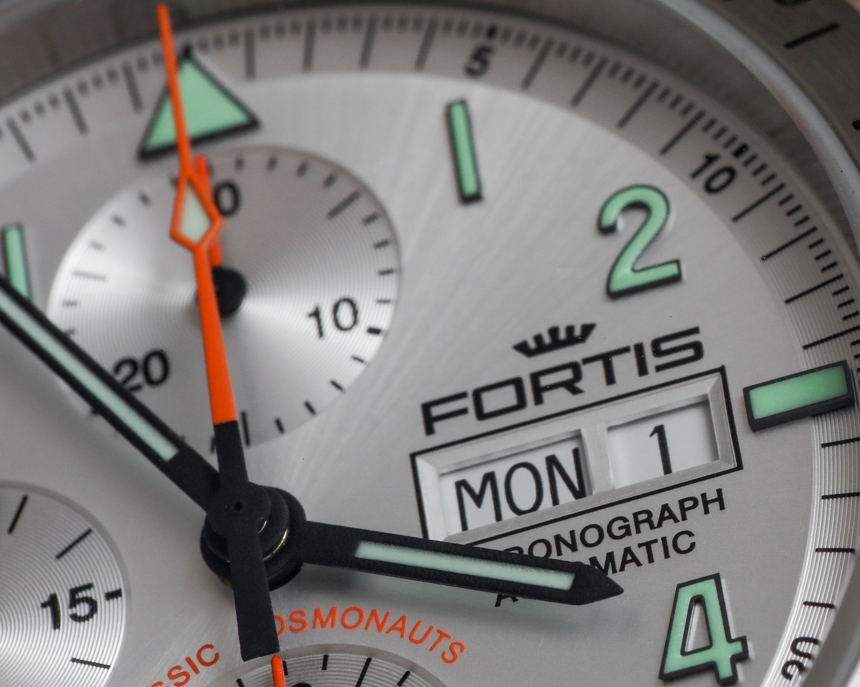
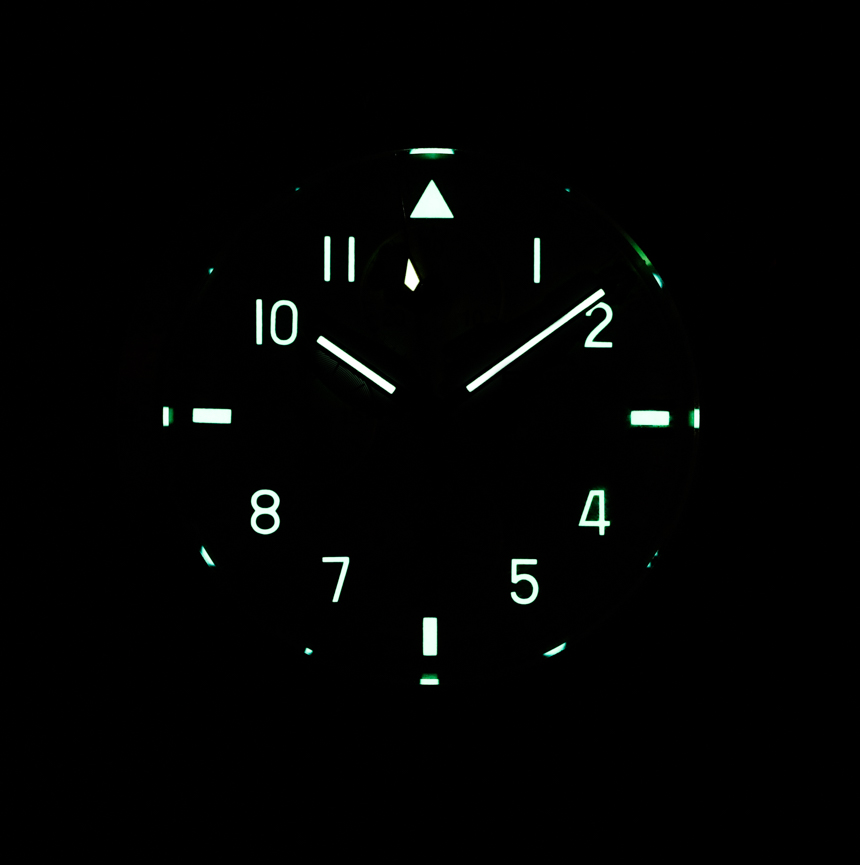
If a pursuit of originality isn’t as important to you, and the assembly of design details and features appeal to you in this watch, then you’ll have a lot to look forward to. Fortis does the right thing and uses applied hour markers which are painted with luminant. This is a small element which seems to add a lot of perceived value since it upgrades the overall look and feel of the Classic Cosmonauts watch. A bit more depth is given as the sub-dials are just slightly recessed. Again, a flat dial (no depth) would have really made it hard for a timepiece like this to look as nice.

Use of the Valjoux 7750 means that the case can’t be that thin. Despite good wearing comfort thanks to the shorter lugs, the Classic Cosmonaut’s case is nearly 15mm thick. The screw-down pushers and crown likely contribute to overall durability as well as the case’s 100m of water resistance. Fortis makes use of a great sapphire crystal over the dial that despite being just a bit curved, doesn’t suffer from any glare (Fortis claims AR-coating on both sides, which is correct for a watch like this). The clear (glare-free) view of the dial is a testament to the tool-watch nature of the Fortis Classic Cosmonauts Steel a.m. timepiece.

